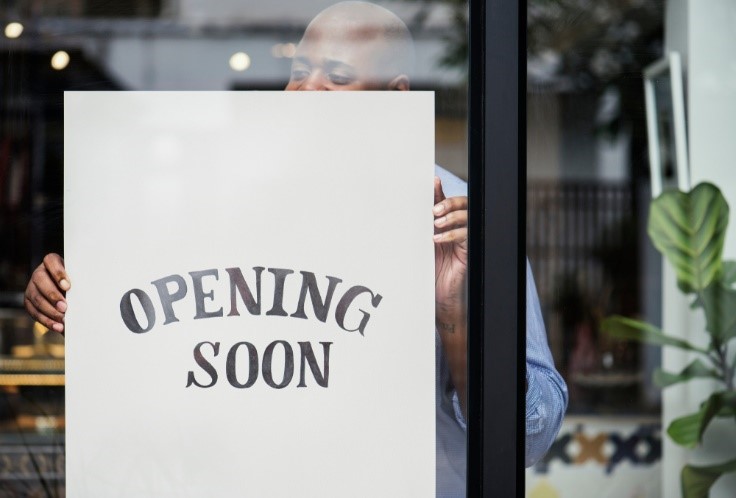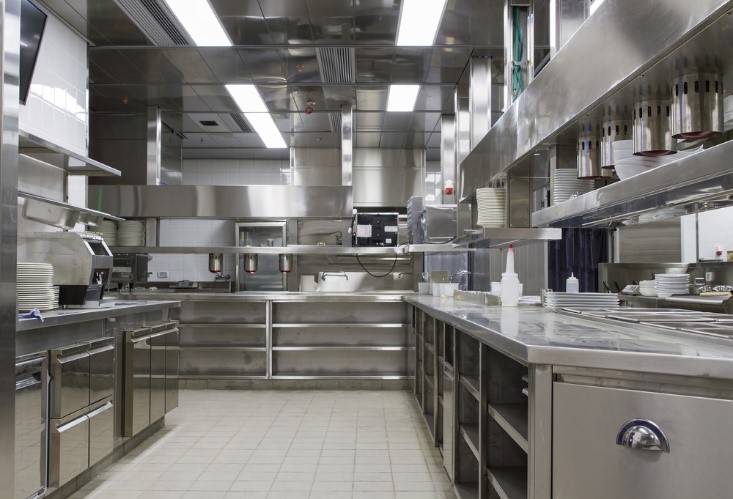
Tech startups, transportation startups, financial startups — these are the new companies that make headlines. However, around the world, tens of thousands of restaurants open every year, most on shoestring budgets with skeleton staffs, but rarely do restauranteurs receive equivalent help and resources to their more popular startup brethren.
Running a restaurant might be more difficult than managing any other type of business. If you are eager to open your eatery’s doors, you need to slow down and think ahead, especially when It comes to your budget. Until your restaurant becomes financially stable, you’ll need to scrimp and save wherever you can — but definitely in the following key categories.
Table of Contents
Build Out
As much as you might dream of a purpose-built space that uniquely matches your brand and restaurant identity, you don’t have the cash for that yet. In fact, if you can move into a space that has already been a restaurant, you might want to avoid as many build-out costs as possible. Construction and remodeling costs a restaurant somewhere between $150 and $750 per square foot, depending on the upgrades needed, the quality of materials, etc. This means if your restaurant is in the average size range of 1,000 to 10,000 square feet, you could be paying $150,000 to $7.5 million just for build out, alone. For restaurant owners with small budgets, staying on the lower end of that spectrum is imperative.
Unfortunately, many restaurant owners don’t know where much of their build-out expenses go because they hire a contractor to manage the job. While this is undoubtedly convenient — and ensures a quality of finish higher than you can produce yourself — it also often obscures where your money is going. A better strategy is to hire individual tradespeople yourself and then hire a contractor to coordinate them. Thus, you know exactly what each service will cost, avoiding inflation from the contractor, and you can handpick the best service providers for the job.
Kitchen Equipment
New restaurant equipment is exciting to any new restauranteur — it’s shiny, filled with fascinating features and exudes professionalism. Visiting a commercial kitchen showroom is not unlike visiting a luxury car dealership in how it dazzles and allures. However, new restaurant equipment is also ungodly expensive. It can easily take over $500,000 to fully outfit a commercial kitchen with brand-new equipment, and again like luxury cars, kitchen equipment immediately loses value as soon as it leaves the lot.

For your first restaurant, you should opt for gently used kitchen equipment instead. The prices of used burners, ovens, fryers and the like are exceedingly affordable compared to the brand-new stuff. Even better, you might try to negotiate keeping any equipment that remains in your restaurant space. Fixing up older models with commercial kitchen replacement parts is much, much more cost-effective than replacing equipment whole-cloth. These are not insignificant savings, which means they are incredibly valuable cost-saving tactics for new restauranteurs.
Linens
All the fanciest restaurants have linens — but your restaurant doesn’t have to be fancy. Linens might not seem like a high cost initially — just a few hundred dollars for enough tablecloths and napkins — but their upkeep is expensive in time and money. In restaurants, linens are abused; they quickly become covered in stains and food smears, and they need to be washed, sanitized and replaced with excessive frequency. If you aren’t offering a white-glove service kind of establishment, you should strongly consider doing away with linens except for fancy events, like catering, and invest instead in nice-looking tabletops.
Energy
There’s a reason so many businesses are focusing on sustainability and eco-friendliness these days — and it’s hardly concern for the environment. Rather, businesses, restaurants included, want to reduce their waste because it drastically lowers their expenditures and increases the likelihood of long-term financial success. There are dozens of ways that new restaurants can avoid high energy costs, including:
- Clean and maintain kitchen equipment. Kitchen equipment that is clean will operate efficiently, meaning it won’t draw unnecessary amounts of power.
- Organize your kitchen. Your ovens shouldn’t be right next to your freezers, and your dishwashers shouldn’t be adjacent to your ice machines.
- Invest in LED lighting. LEDs have come a long way in recent years; you can get them in any color and intensity to precisely control your restaurant’s lighting and drastically reduce its energy consumption.
- Turn off unnecessary equipment. If you aren’t frying anything today, there’s no reason to keep your deep fryers running. The same is true of lights: Turn them off when no one is around to use them.
- Teach your staff about efficiency. A staff that is water- and energy-wise won’t be interested in wasting resources anywhere, especially on your restaurant’s premises.
Restaurants are some of the most thrilling and lucrative new businesses — but they are also some of the riskiest. If you work hard to reduce your expenditures, you can give yourself a better shot at restaurant success.

